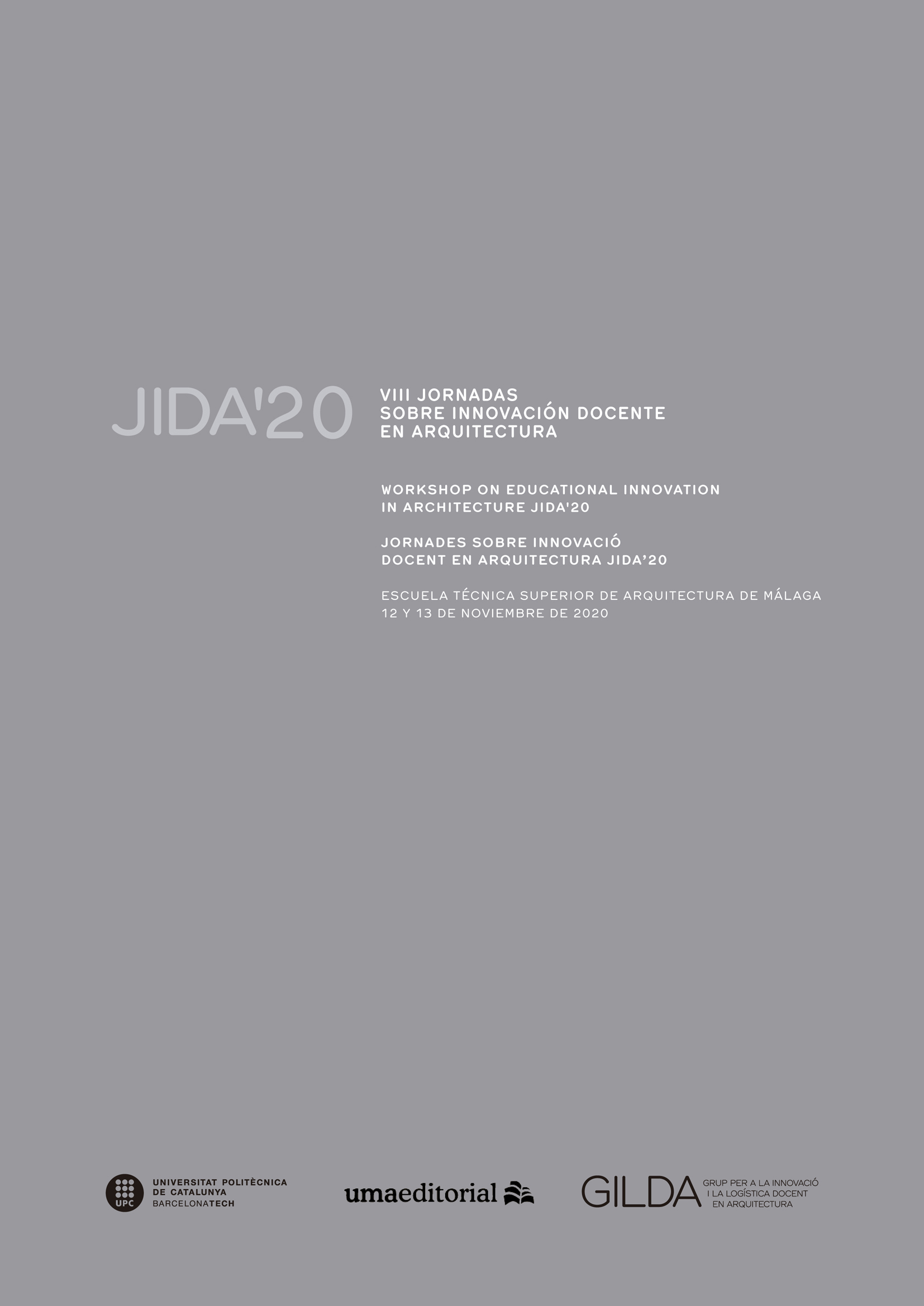La escala líquida. Del detalle al territorio como herramienta de aprendizaje
DOI:
https://doi.org/10.5821/jida.2020.9467Resumen
La representación bidimensional, precisa y rigurosa de una realidad física concreta pasa por establecer, como acto fundacional, una escala sobre la que estructurar el sistema de referencias espaciales de un mapa o plano. En áreas disciplinares como la arquitectura o el urbanismo, el uso cotidiano de esta herramienta exige un dominio de sus cualidades que, tradicionalmente, parecía consolidado alrededor de unas escalas consensuadas como óptimas para la representación del detalle constructivo, el objeto arquitectónico, la figura de la ciudad o el vasto territorio. No obstante, la aparición de las nuevas tecnologías de dibujo asistido y, sobre todo, la creciente consulta documental a través de la pantalla han supuesto una evidente disrupción en los métodos de aprendizaje y, para ello, esta investigación explora, desde las aulas y durante un periodo continuado de quince años, los potenciales cognitivos y didácticos asociados a la escala como herramienta de representación, comparación y aprendizaje.






















